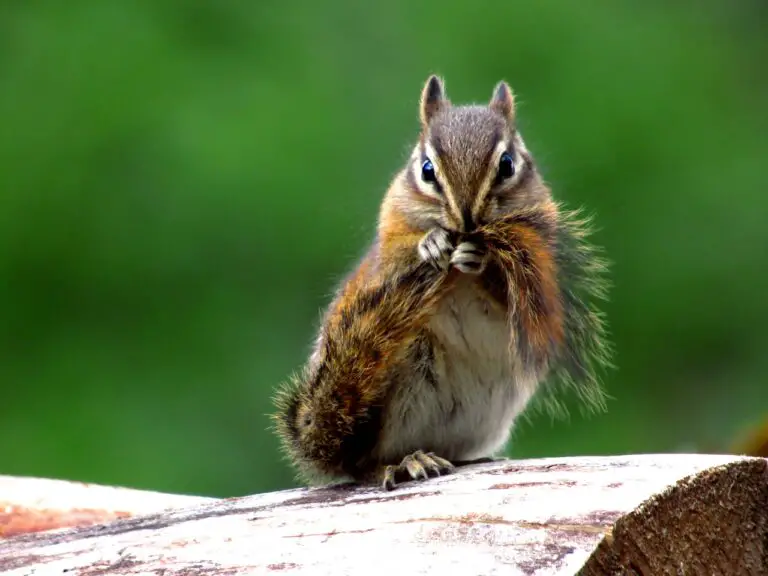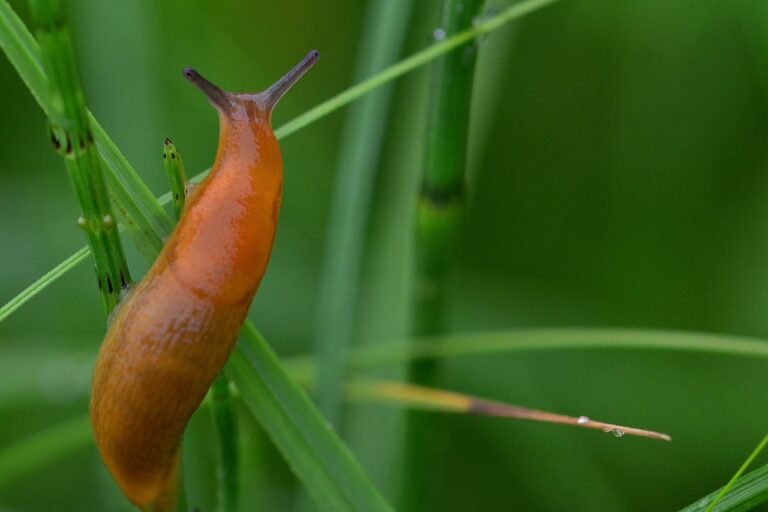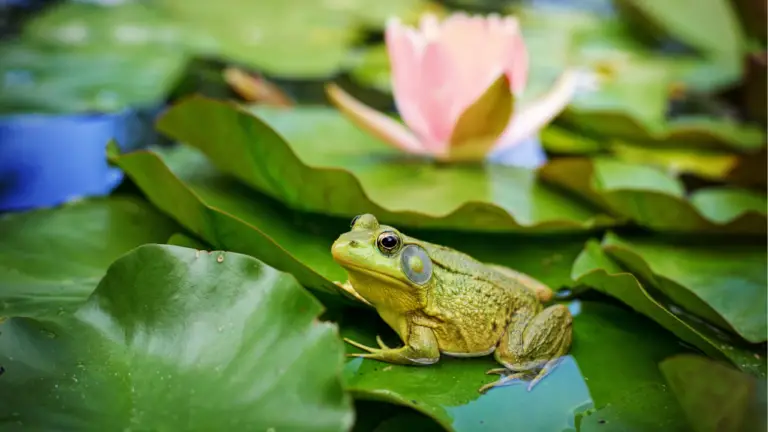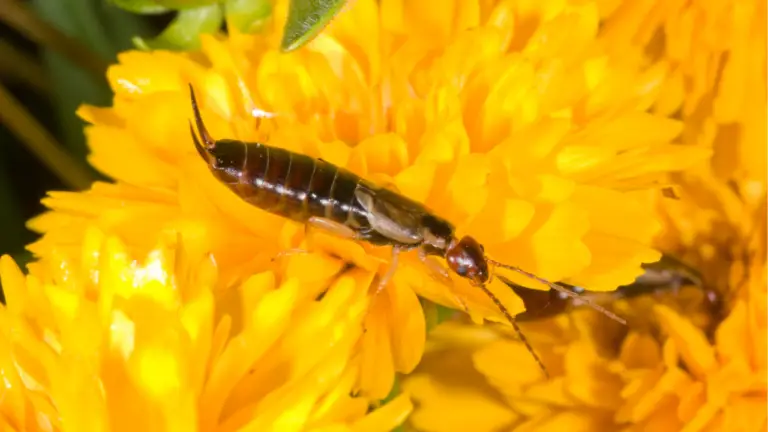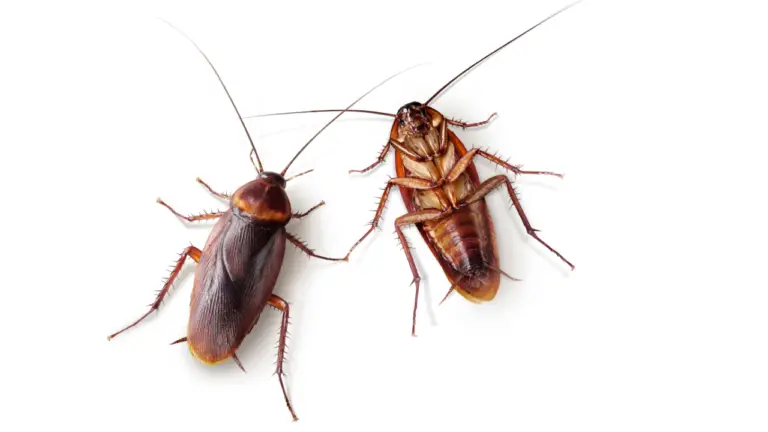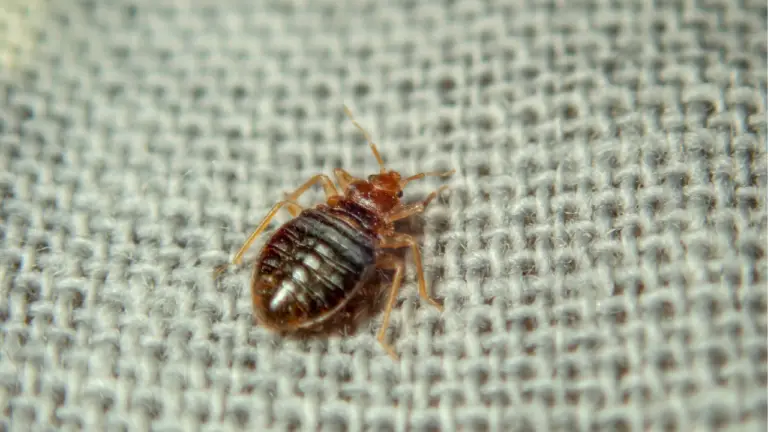10 Ways To Get Rid Of Gnats In Plants
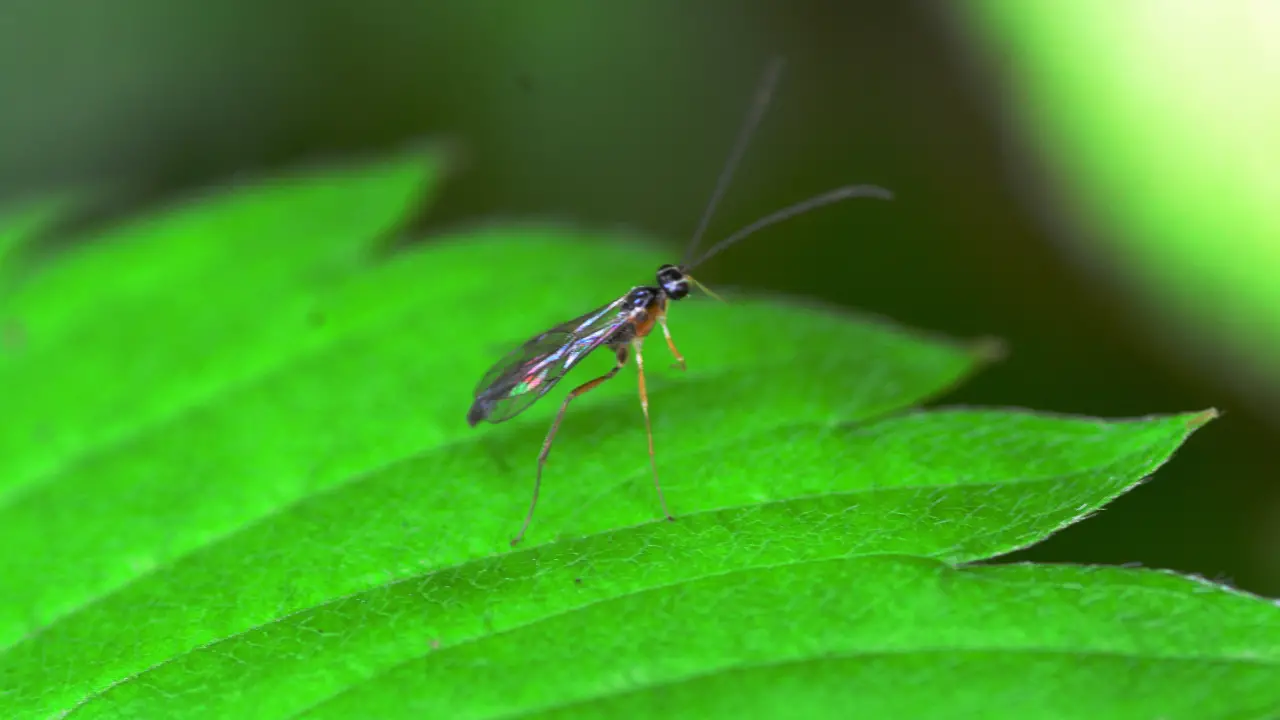
Gnats, particularly fungus gnats, can be a persistent nuisance for gardeners and indoor plant enthusiasts. These tiny, flying insects are attracted to the damp soil of potted plants, where they lay their eggs. Once hatched, the larvae feed on organic matter in the soil, sometimes damaging plant roots in the process. While chemical solutions are available, many people prefer natural methods to control these pests, ensuring a safer environment for both plants and humans. This article provides ten effective, natural solutions to eliminate gnats from your plants.
How to Get Rid of Gnats in Plants
1. Let the Soil Dry Out
One of the simplest methods to deter gnats is to let the soil dry out between waterings. Fungus gnats thrive in moist environments, so reducing soil moisture can disrupt their breeding cycle. Allowing the top inch of soil to dry out before watering again creates an inhospitable environment for gnats to lay their eggs.
This approach not only helps in controlling gnat populations but also encourages healthier root systems for your plants. Overwatering is a common issue that can lead to root rot and other plant diseases, so adopting a more measured watering schedule benefits plant health overall.
2. Use Sticky Traps
Sticky traps are a non-toxic way to catch adult gnats. These yellow or blue adhesive strips attract gnats, trapping them upon contact. Placing sticky traps near affected plants can significantly reduce the adult gnat population, breaking the reproductive cycle.
These traps are easy to use and can be found at most garden centers. By monitoring the number of gnats caught on the traps, you can gauge the severity of the infestation and adjust your control methods accordingly.
3. Apply Diatomaceous Earth
Diatomaceous earth (DE) is a natural powder made from fossilized aquatic organisms. Sprinkling a thin layer of DE on the surface of the soil can kill gnats by damaging their exoskeletons. As gnats come into contact with the DE, they dehydrate and die.
This method is safe for both plants and humans when used correctly. Ensure the soil is dry before applying DE, as moisture reduces its effectiveness. Reapply after watering your plants to maintain its protective barrier.
4. Introduce Beneficial Nematodes
Beneficial nematodes are microscopic worms that prey on gnat larvae. These nematodes can be mixed with water and applied to the soil. Once in the soil, they seek out and infect gnat larvae, ultimately killing them and reducing the gnat population.
Using nematodes is a biological control method that is safe and effective. They do not harm plants, humans, or pets, making them an excellent choice for natural pest management. Regular applications may be necessary for ongoing control.
5. Create a Vinegar Trap
A vinegar trap is an easy and inexpensive way to capture adult gnats. Fill a small container with apple cider vinegar and a few drops of dish soap. The vinegar attracts the gnats, while the soap breaks the surface tension, causing them to drown.
Place these traps near your infested plants to capture gnats. This method can help reduce the adult population, especially when used in combination with other control measures. Replace the solution every few days for continued effectiveness.
6. Use Hydrogen Peroxide Solution
A hydrogen peroxide solution can kill gnat larvae in the soil. Mix one part hydrogen peroxide (3% solution) with four parts water and water your plants with this mixture. The peroxide kills the larvae on contact without harming the plants.
Hydrogen peroxide breaks down into water and oxygen, which can also aerate the soil and promote healthy root growth. This method is a quick and effective way to address gnat larvae without resorting to chemical treatments.
7. Apply Neem Oil
Neem oil is a natural pesticide that can deter gnats. Mix neem oil with water according to the product instructions and spray it on the soil and plant leaves. Neem oil disrupts the life cycle of gnats, preventing them from maturing and reproducing.
Regular applications of neem oil can keep gnat populations under control. It also has antifungal properties, which can benefit plant health by preventing fungal diseases that gnats might exploit.
8. Use Sand or Gravel Mulch
Covering the soil surface with a layer of sand or gravel creates a barrier that prevents gnats from laying their eggs. This physical barrier disrupts the life cycle of gnats by making it difficult for them to access the soil.
Sand or gravel mulch also improves soil drainage, reducing the moisture levels that attract gnats. This method is particularly useful for indoor plants and can be combined with other strategies for comprehensive pest control.
9. Incorporate Cinnamon
Cinnamon has natural antifungal properties that can help control gnats. Sprinkle ground cinnamon on the soil surface to inhibit the growth of fungi, which serve as a food source for gnat larvae.
In addition to its antifungal benefits, cinnamon can act as a mild deterrent for adult gnats. This method is safe and easy to implement, providing an additional tool in your natural pest control arsenal.
10. Utilize Essential Oils
Essential oils such as peppermint, eucalyptus, and tea tree oil can repel gnats. Mix a few drops of essential oil with water in a spray bottle and apply it to the soil and plants. The strong scent of these oils deters gnats and can help keep them away from your plants.
This natural repellent is safe for plants and can be a pleasant-smelling addition to your pest control routine. Regular application is necessary to maintain its effectiveness, especially after watering your plants.
By incorporating these natural methods, you can effectively manage and eliminate gnat infestations in your plants. Regular monitoring and a combination of these strategies will help keep your plants healthy and gnat-free.

